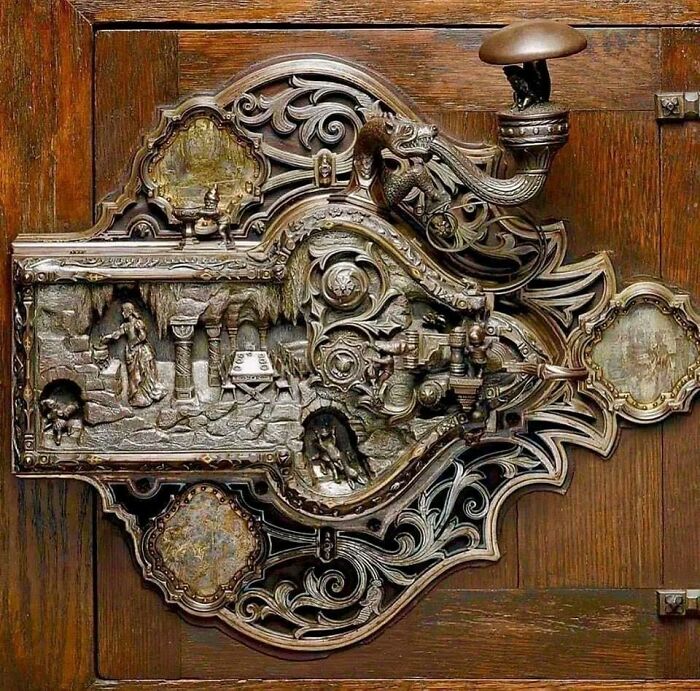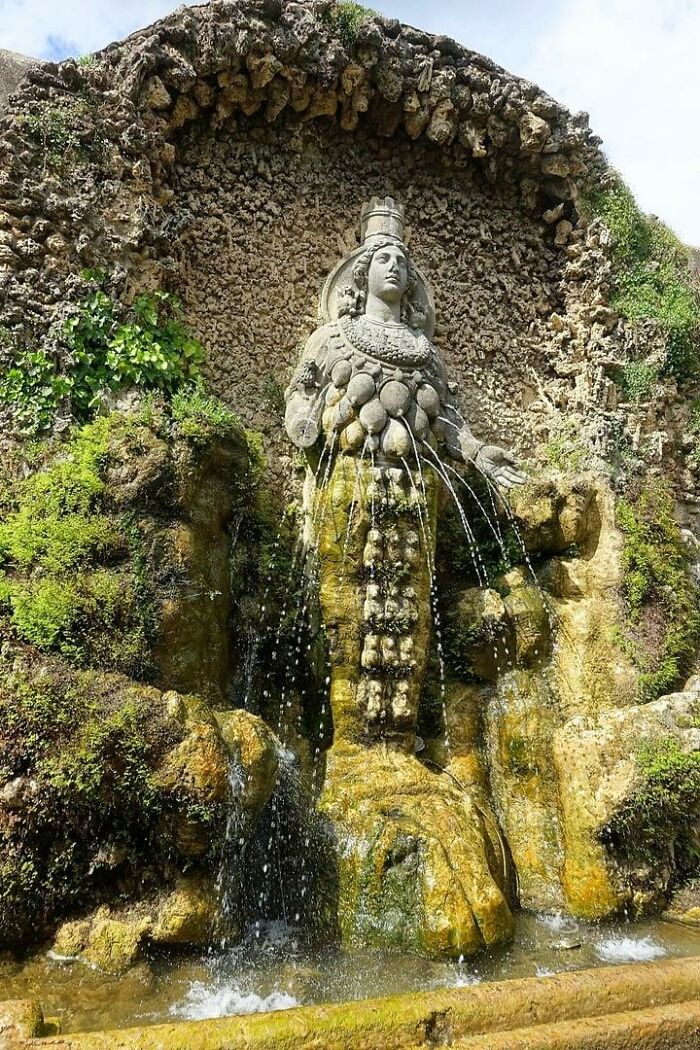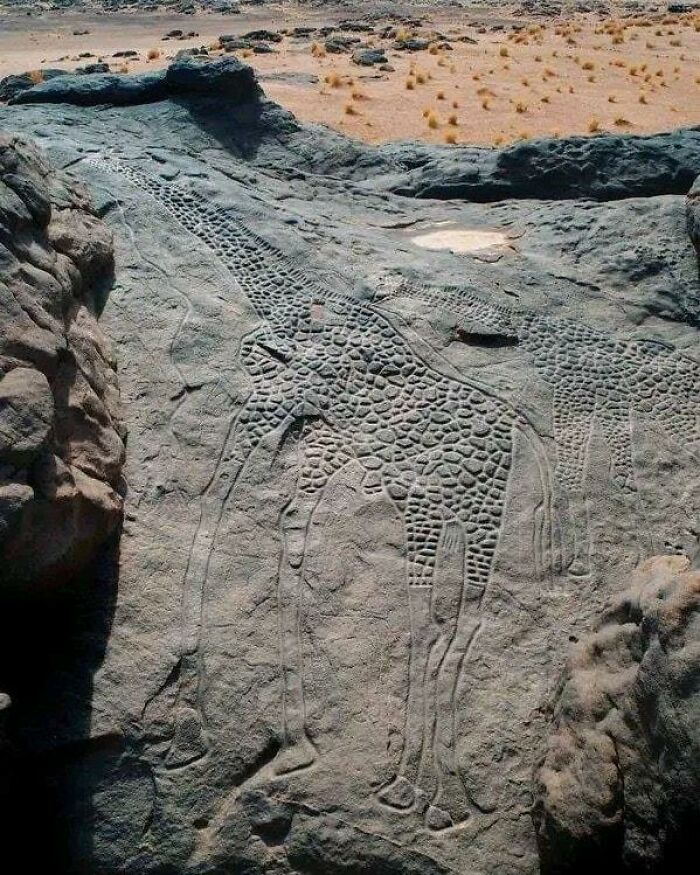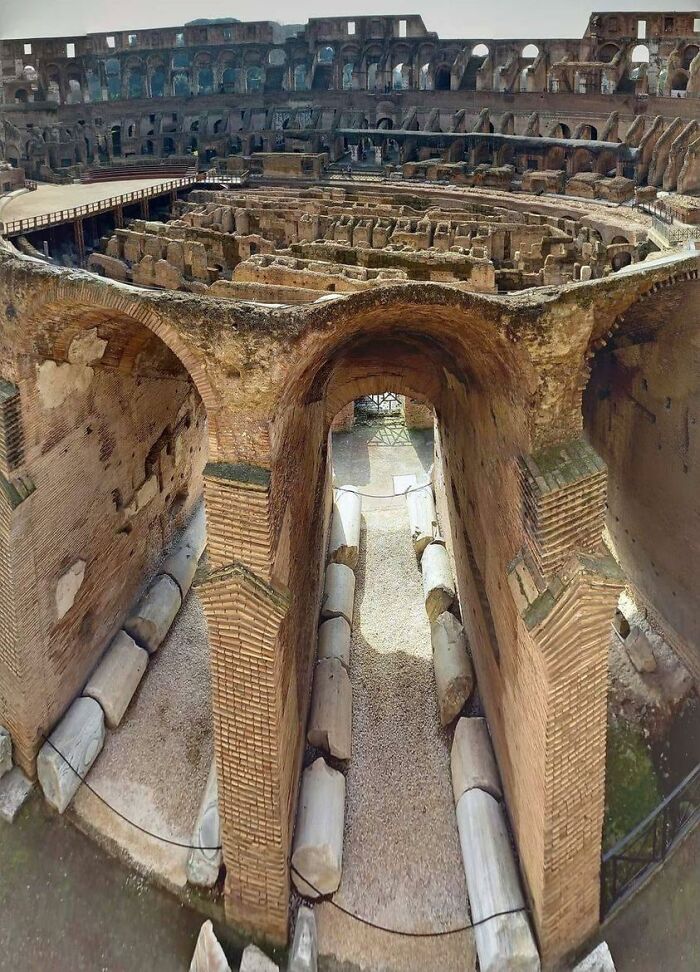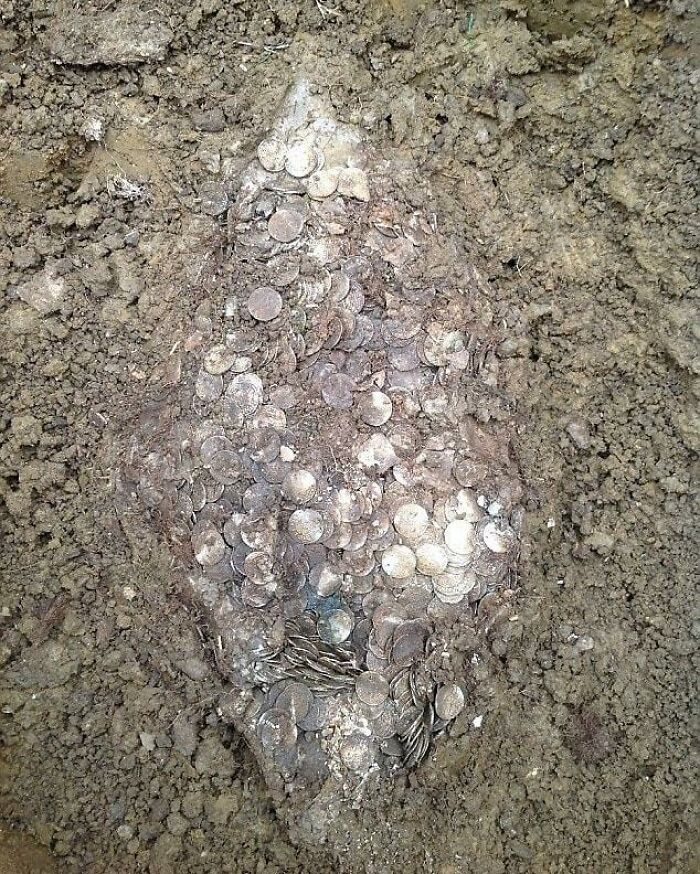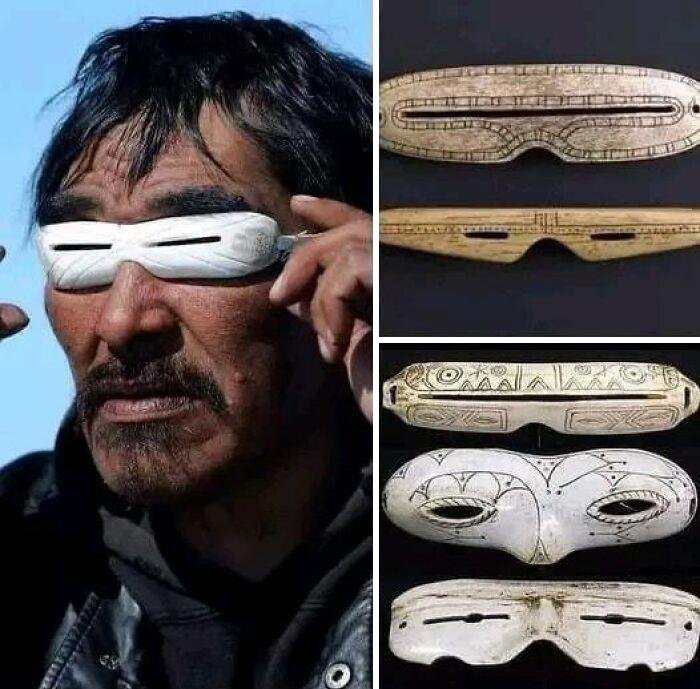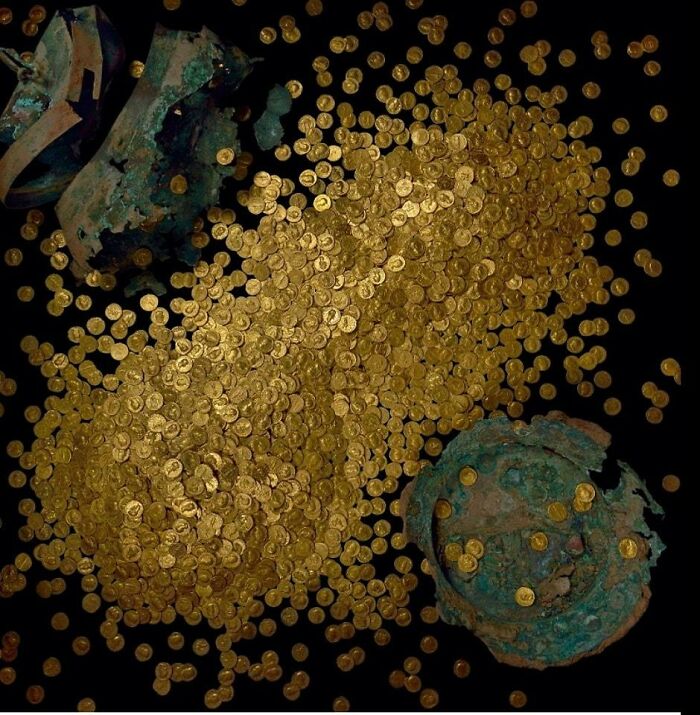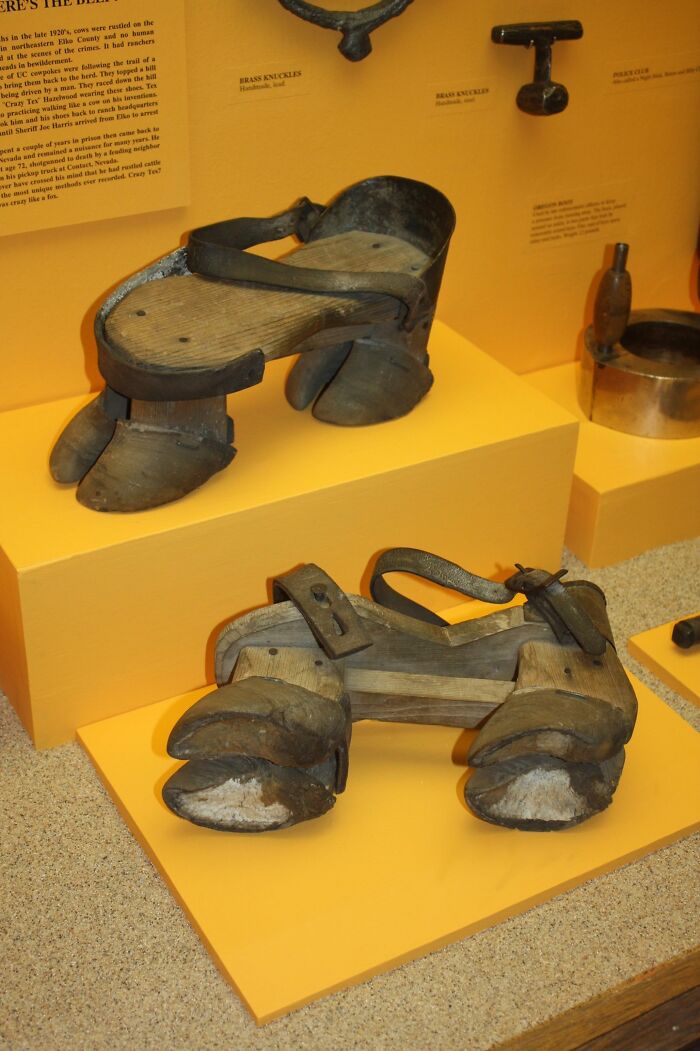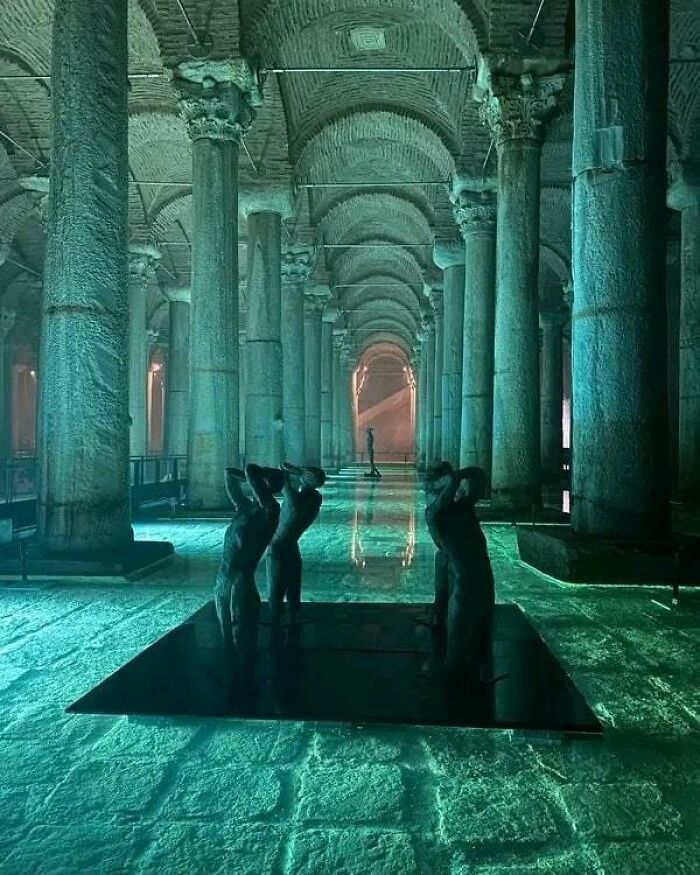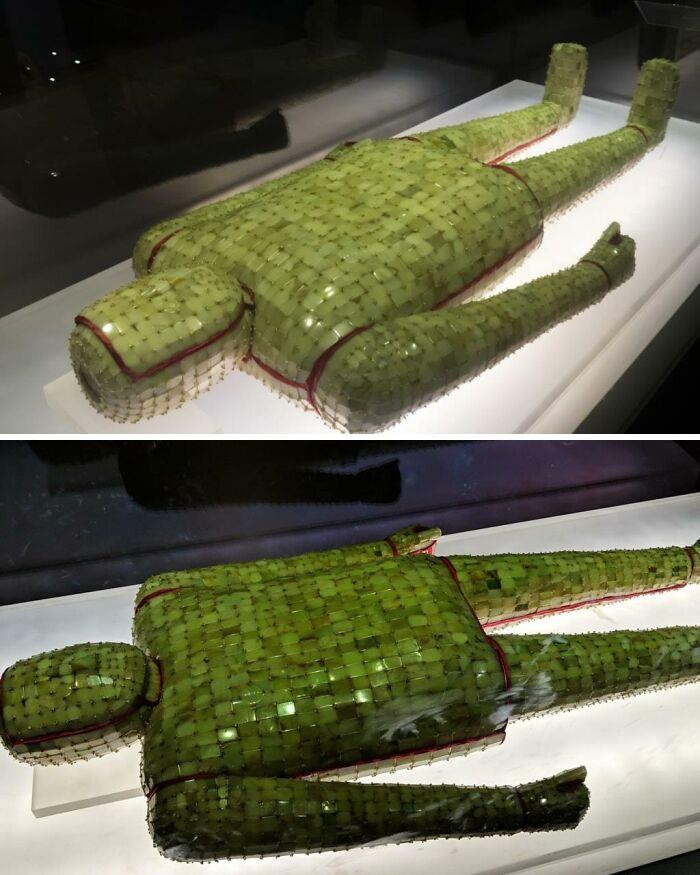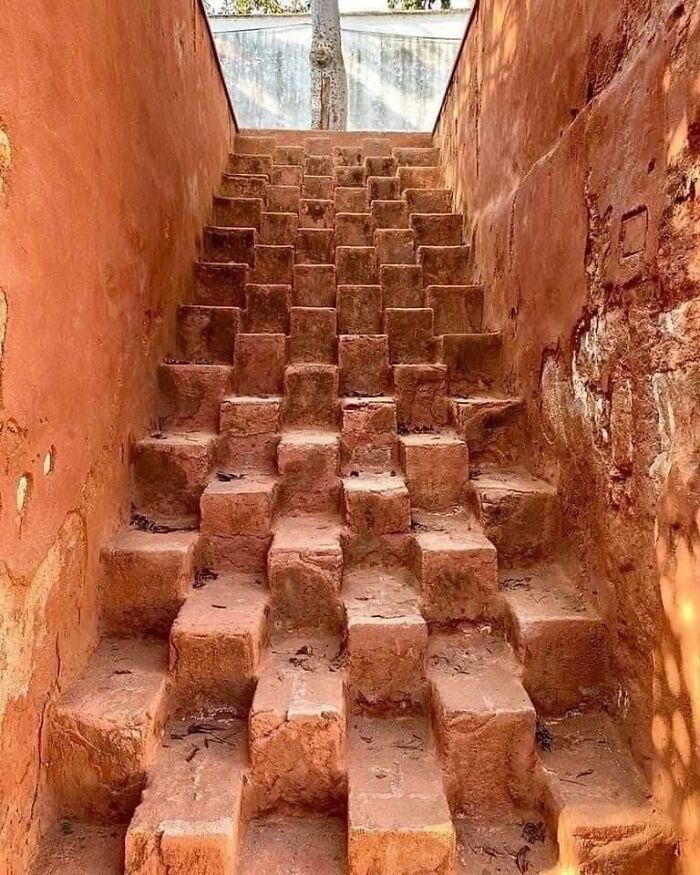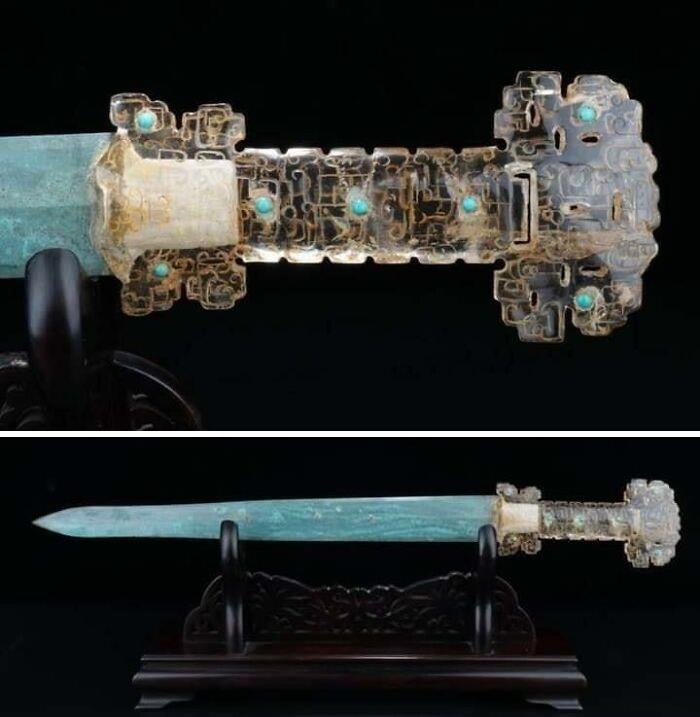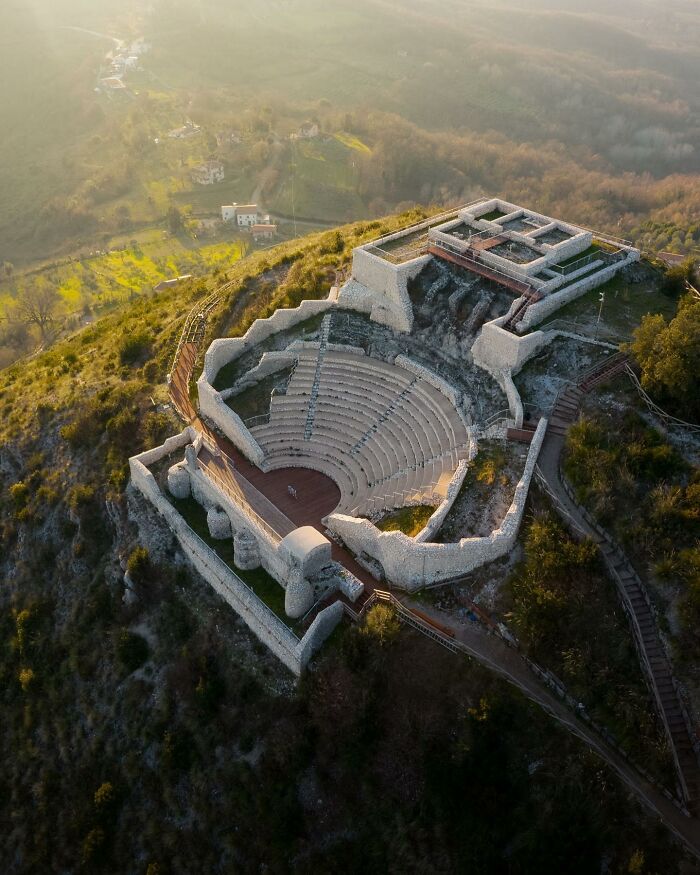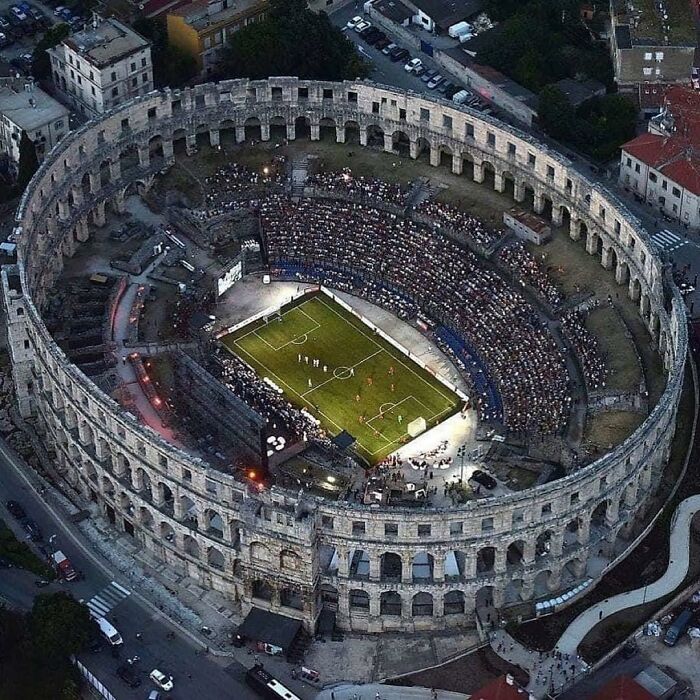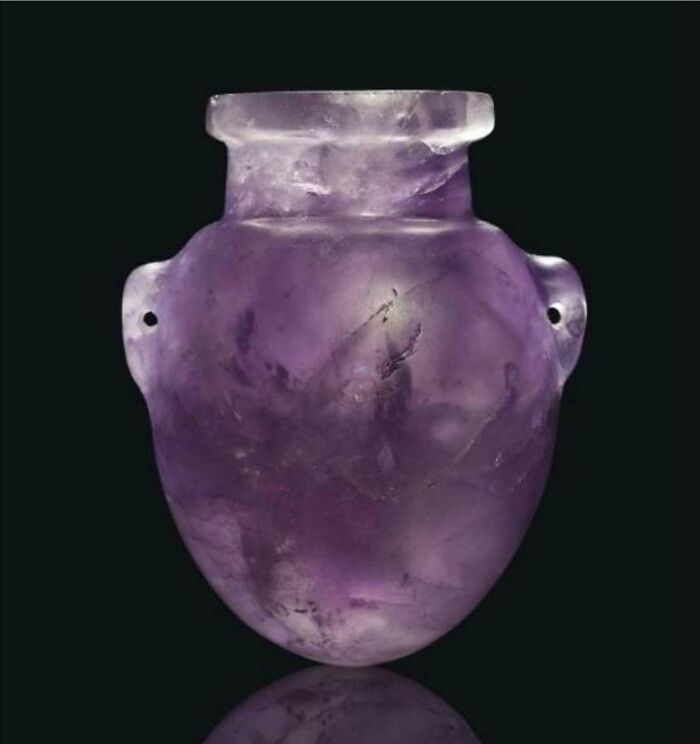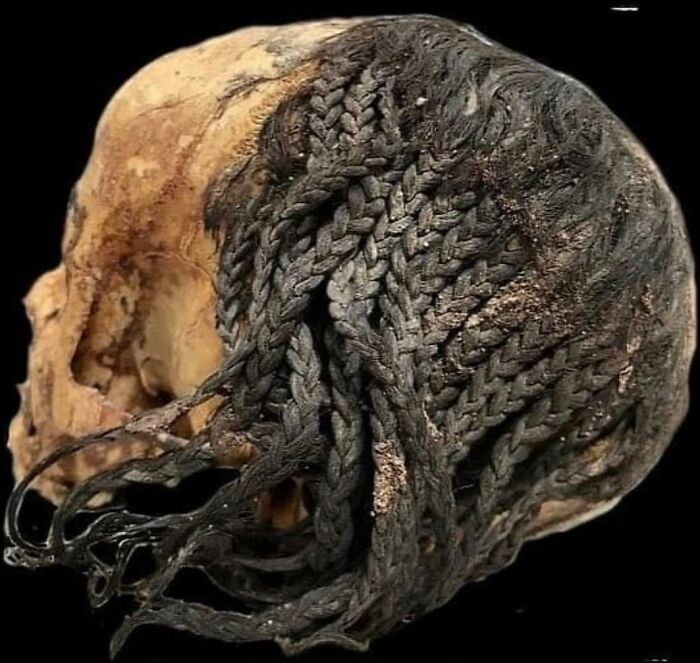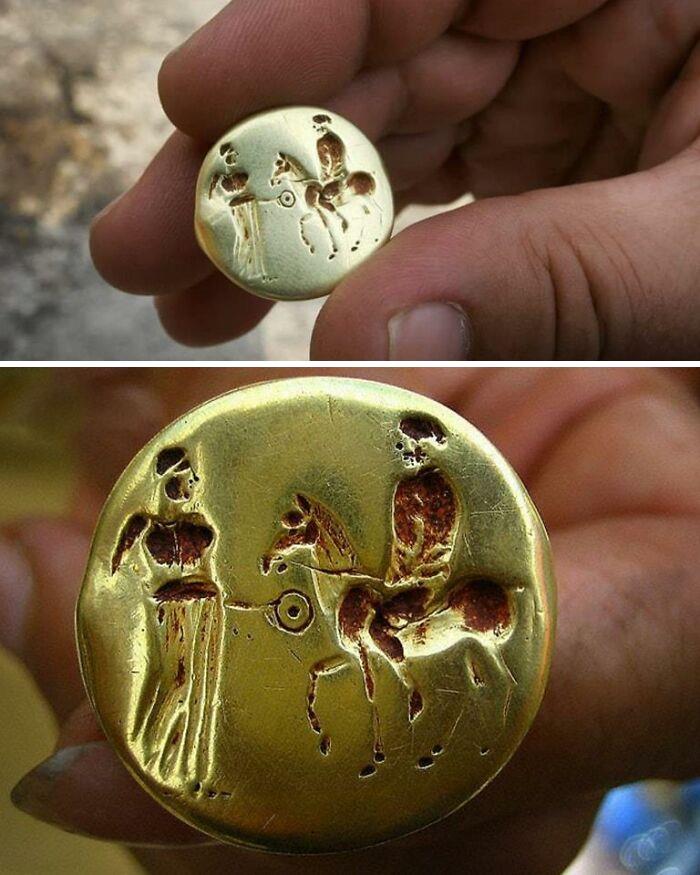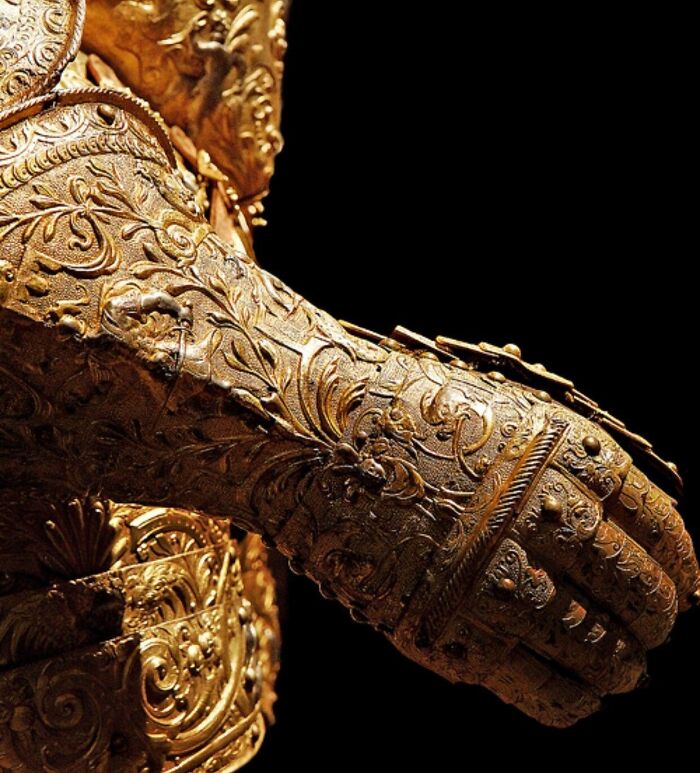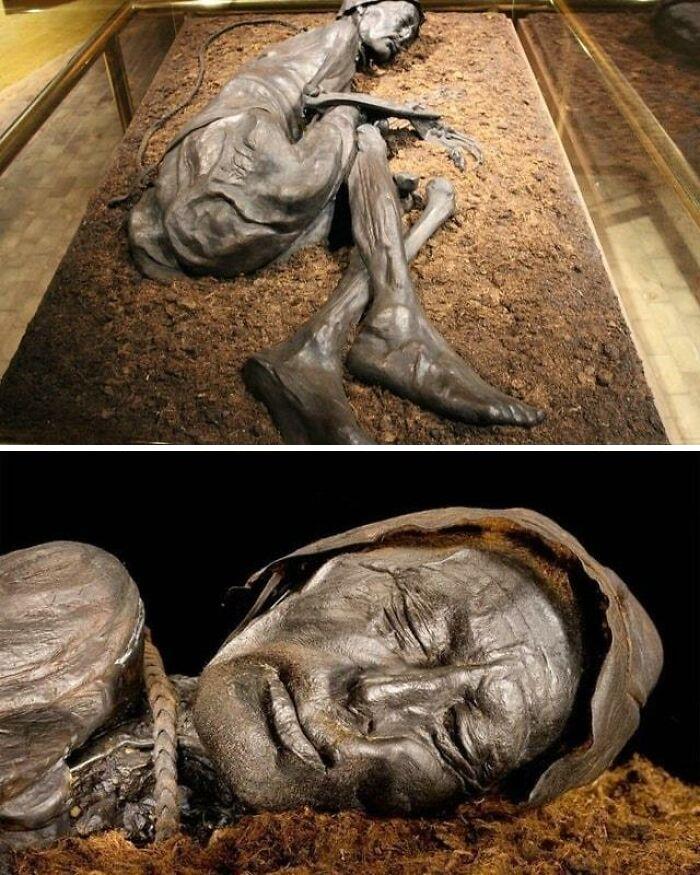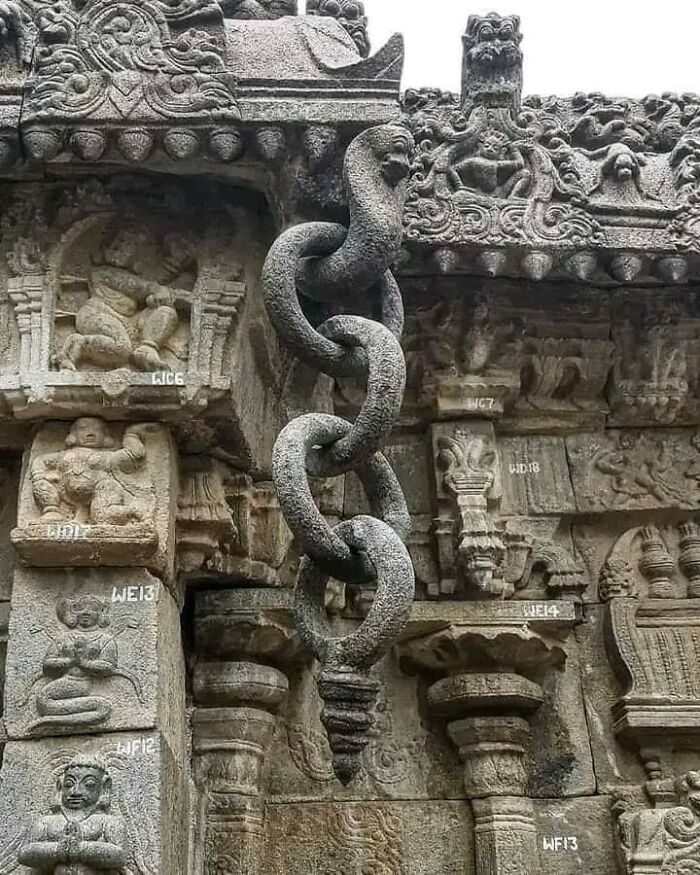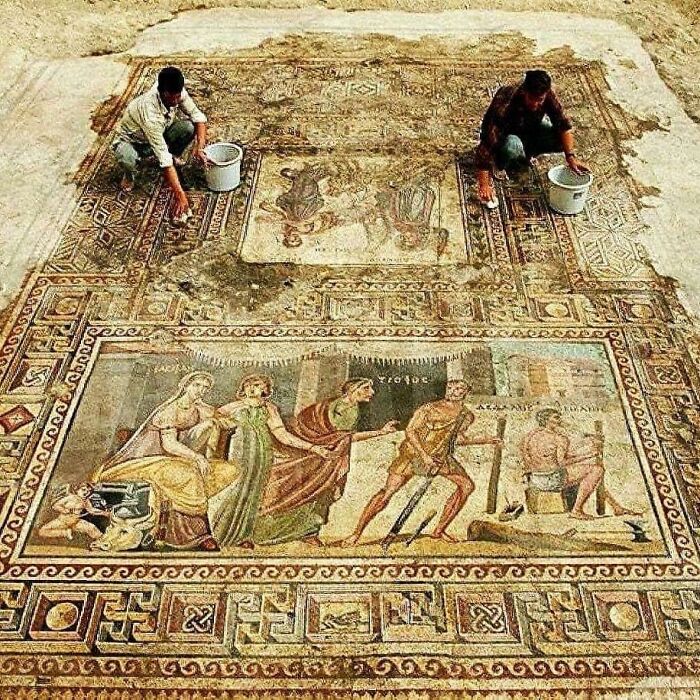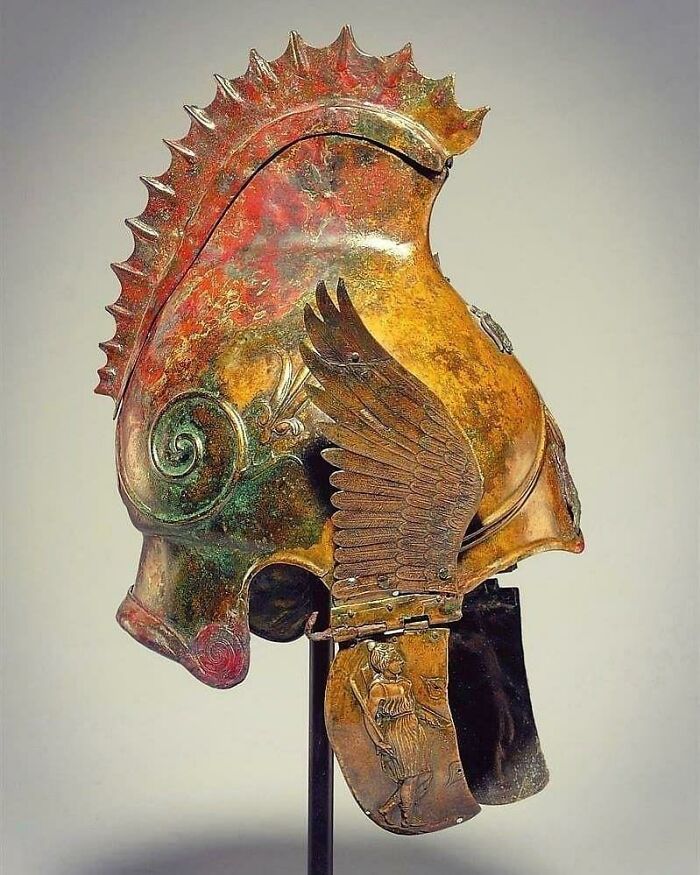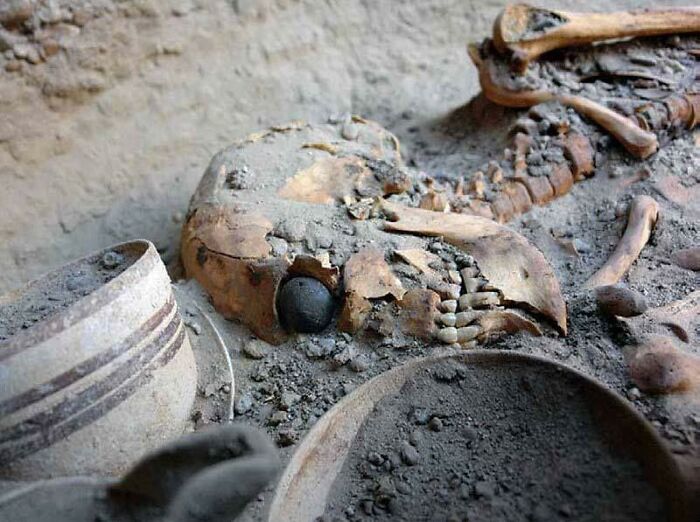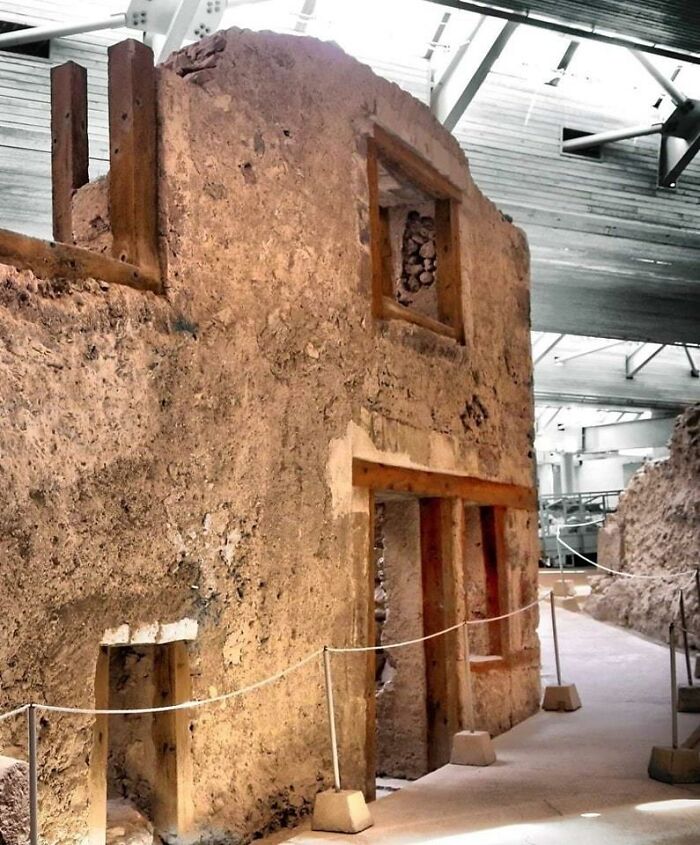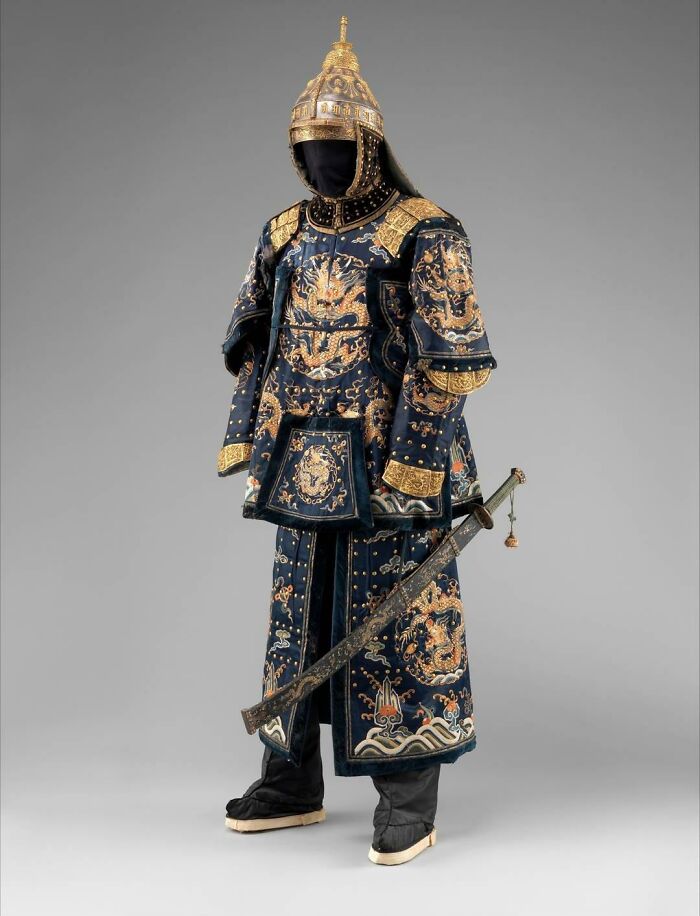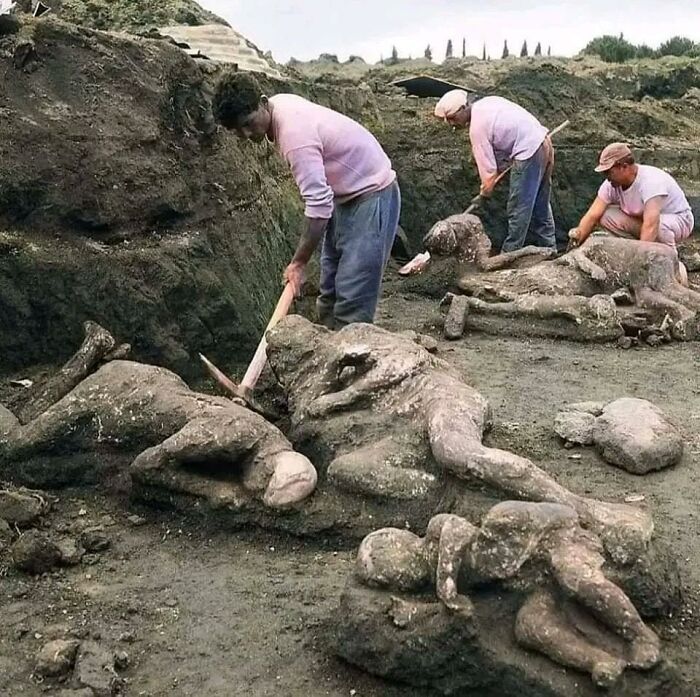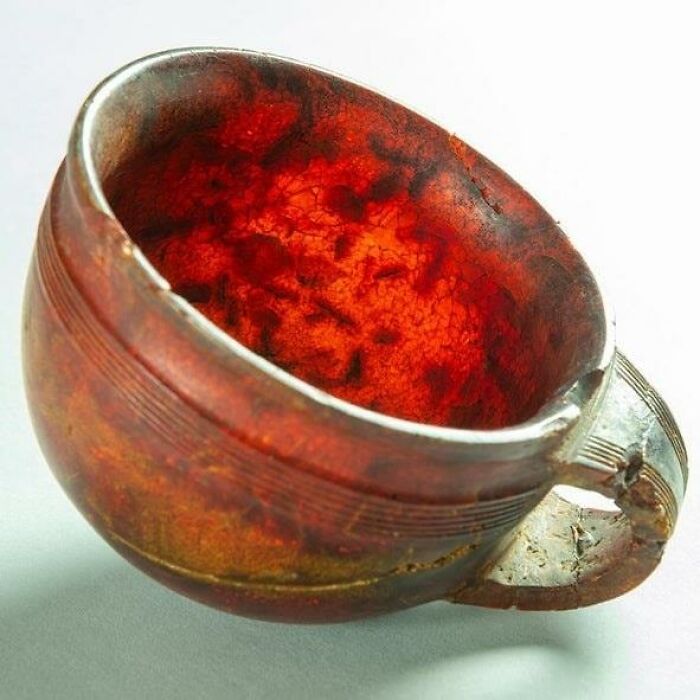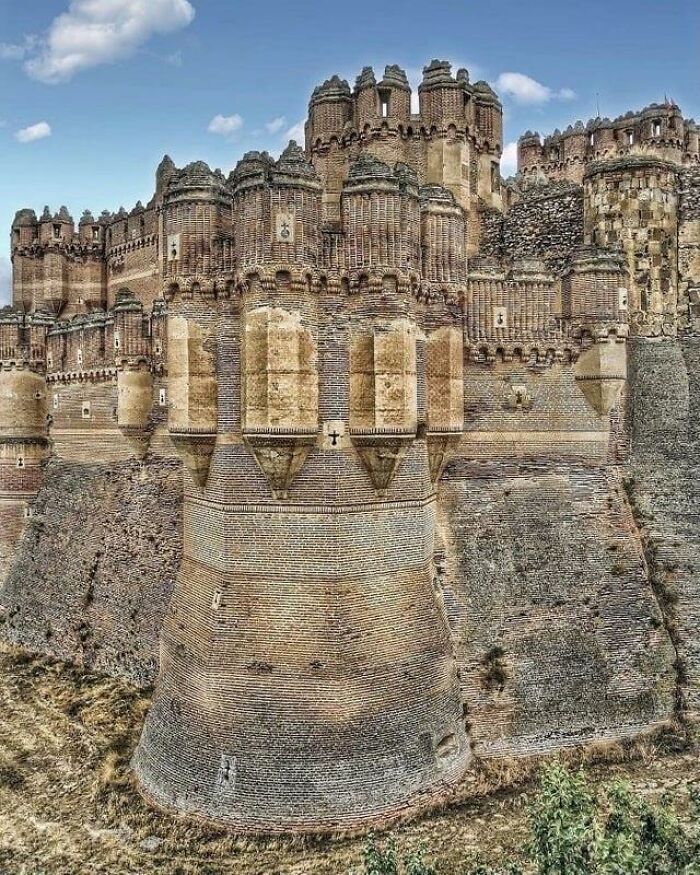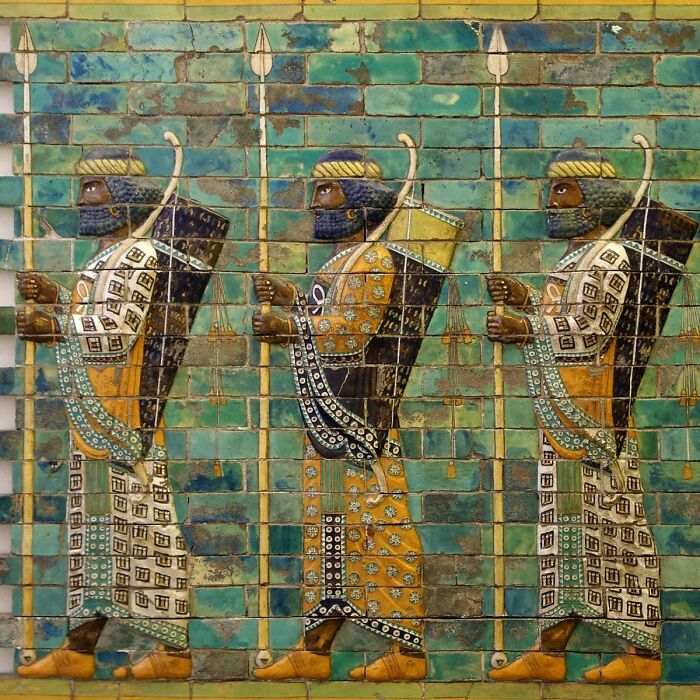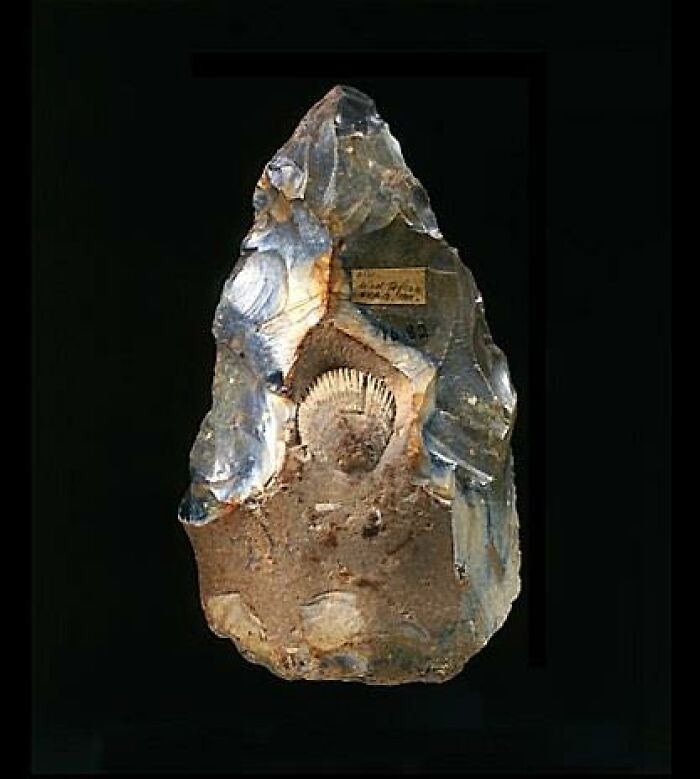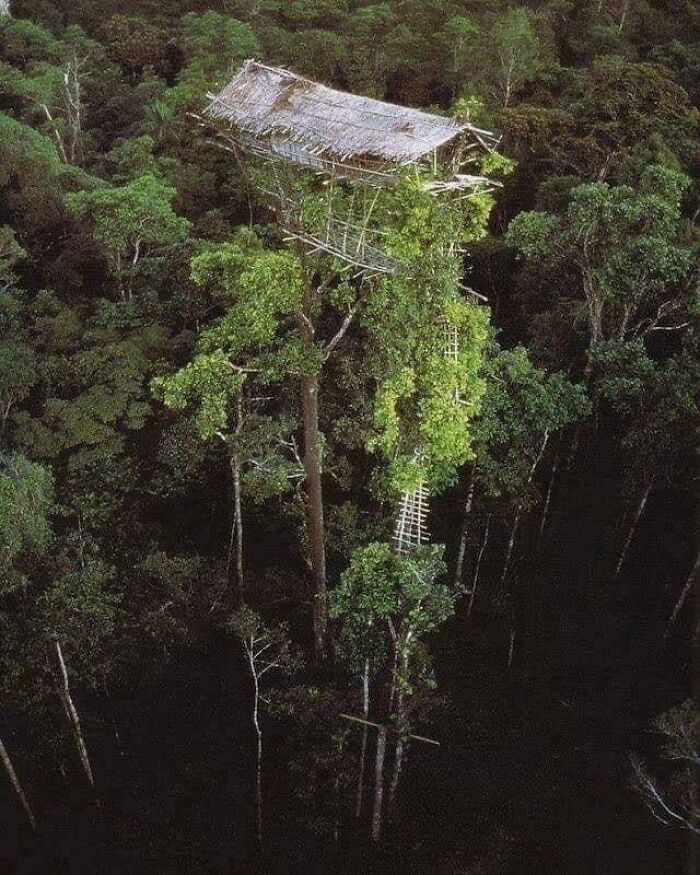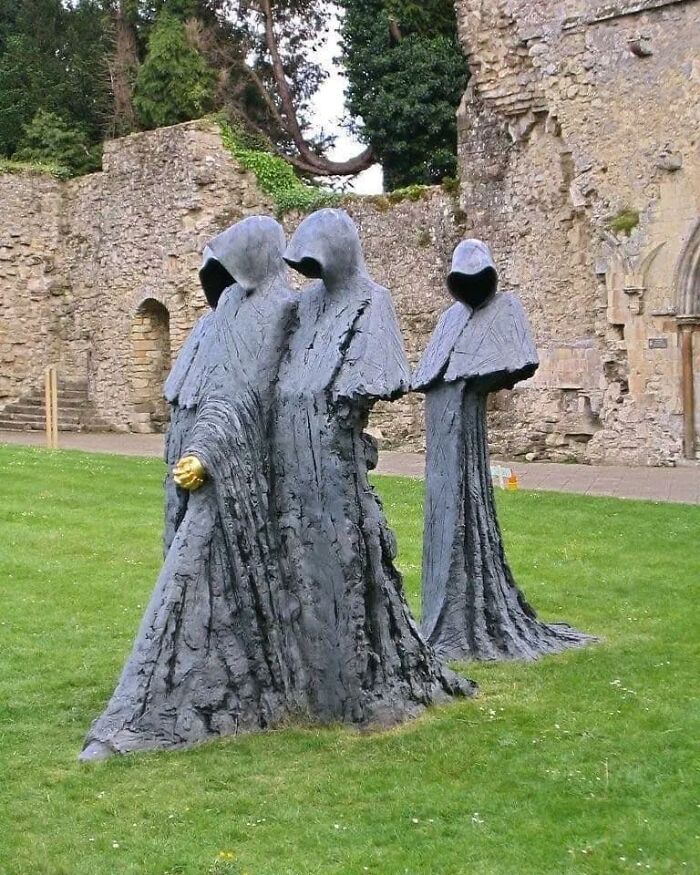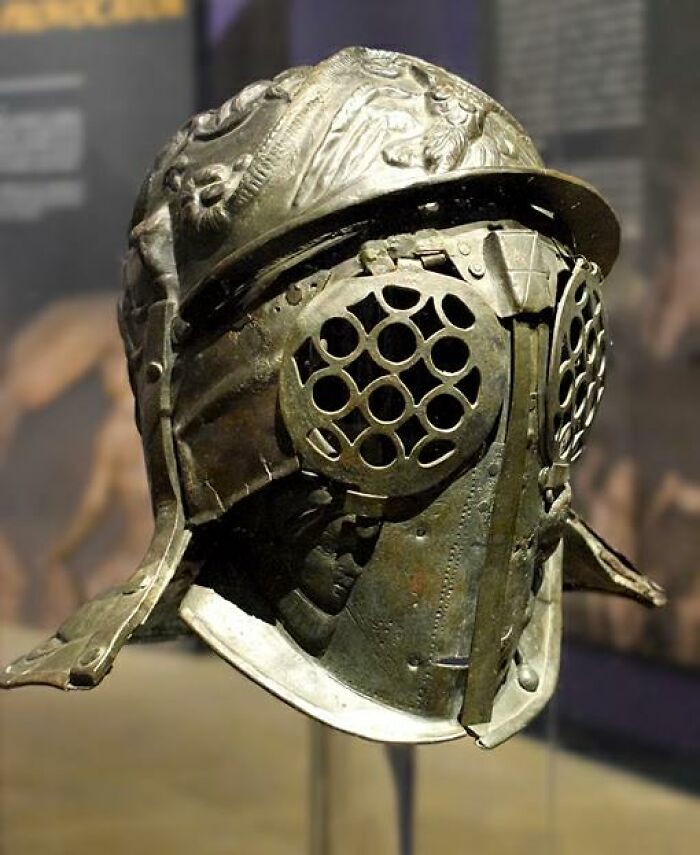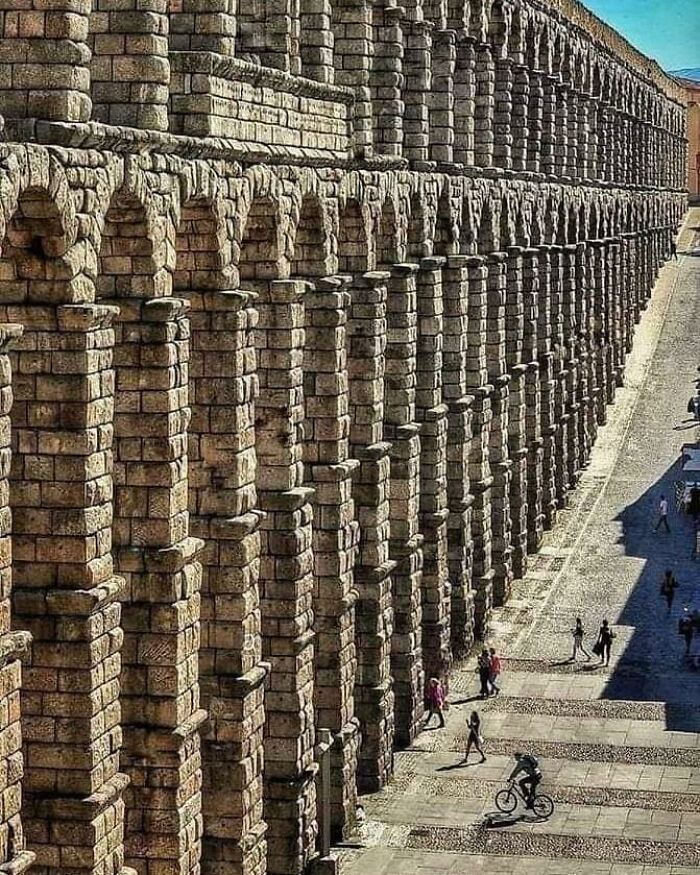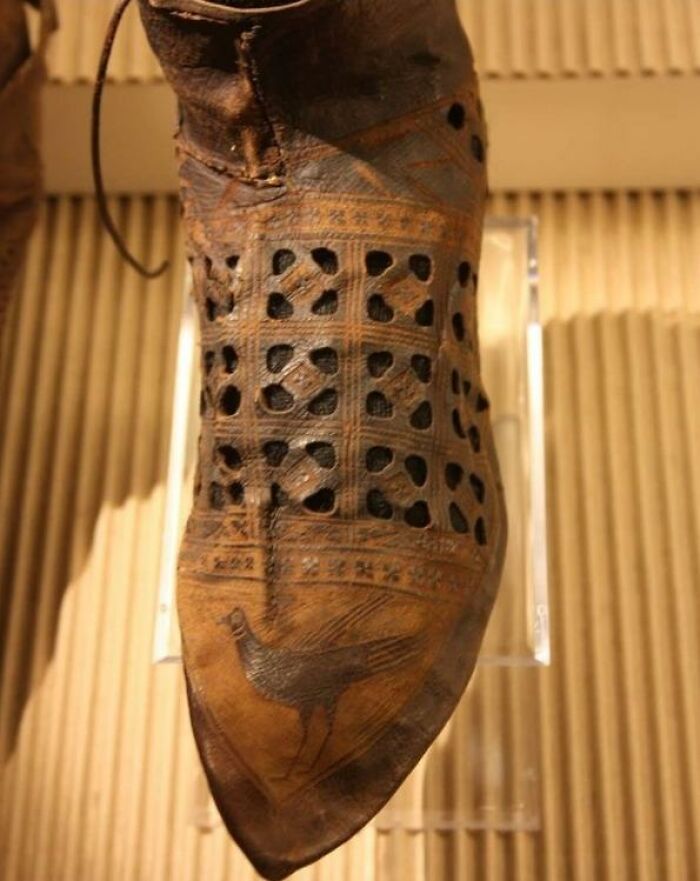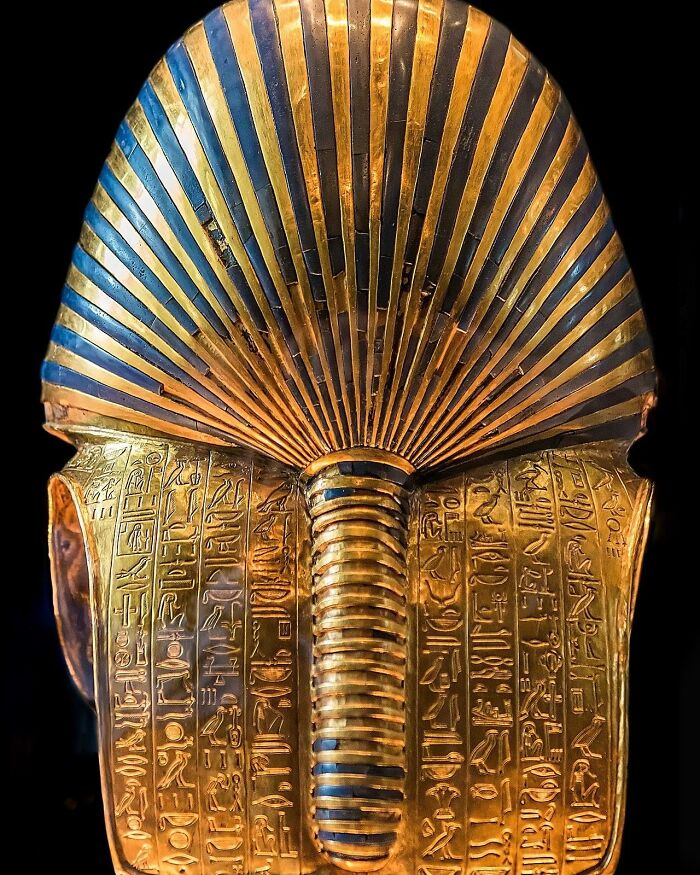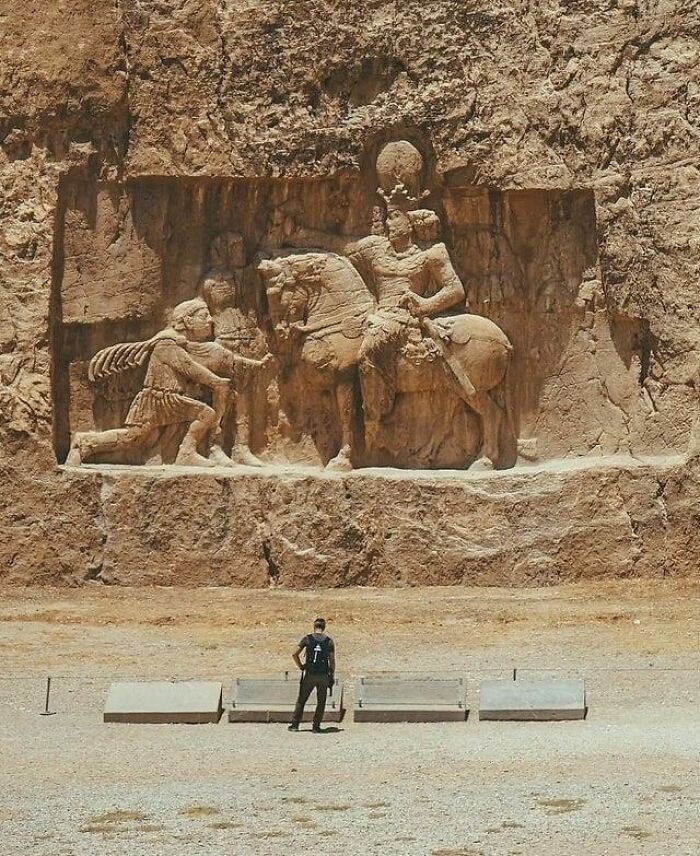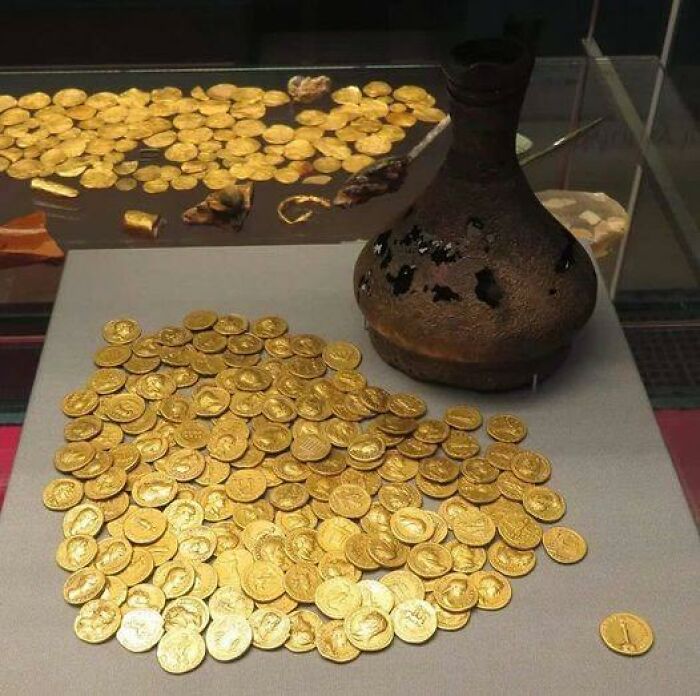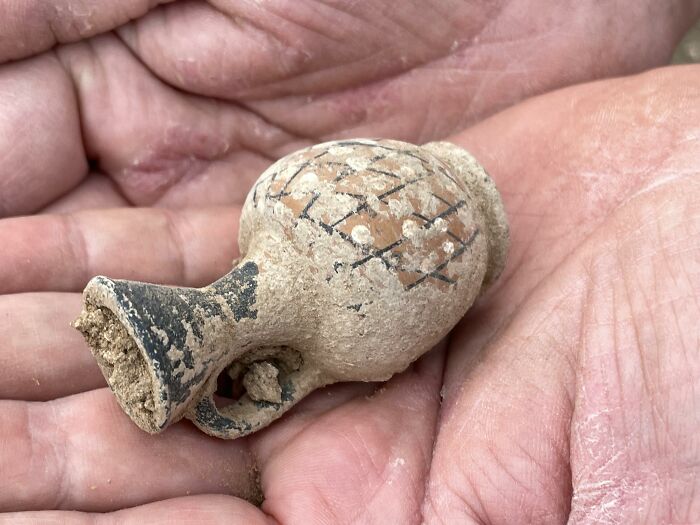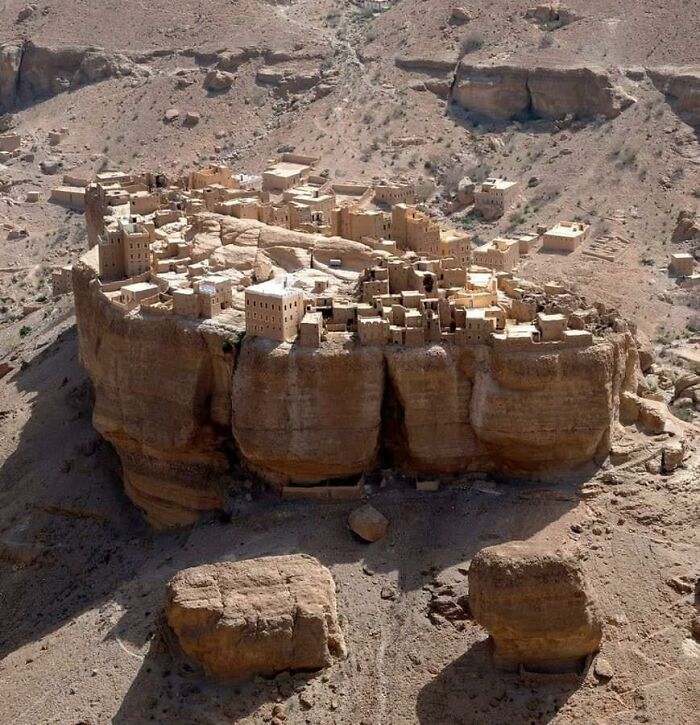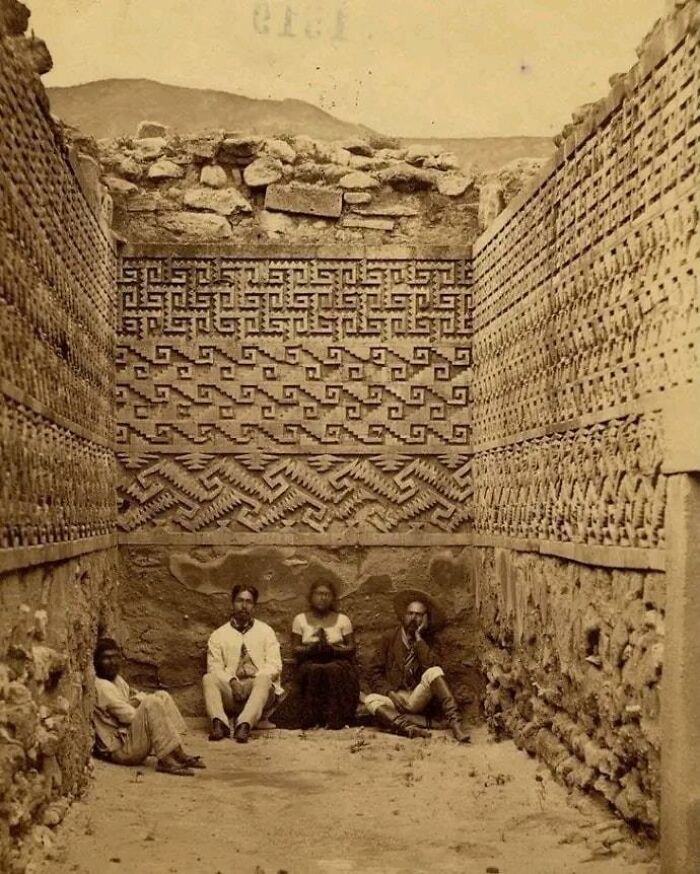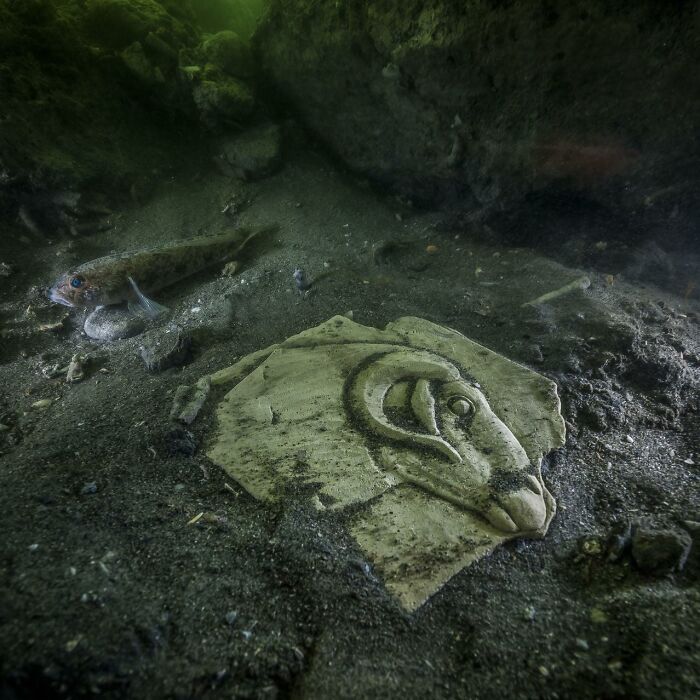Since our school days, we were taught that god is in the details and that everything depends on the perspective. This is especially true if we look at the study of the ancient human past through material remains.
So, all the history and archeology aficionados, pull your seats closer, because we have a real treat for y’all. Welcome to “The Archaeologist,” an educational project that stretches through Facebook and Instagram, racking up 300K between the two channels.
Listen beautiful relax classics on our Youtube channel.
The project is dedicated to updating people like you and me with a bunch of daily archeological news that ranges from anything from human prehistory and history to incredible artifacts, pictures of architecture, and landmarks from all around the world. Below we wrapped up some of the most interesting posts shared by “The Archaeologist.”
More info: The Archaeologist.org
#1 Magnificent Hand-Made Door Lock Crafted By Frank Koralewski In 1911, Using Gold, Silver And Bronze
Image credits: The Archaeologist
#2 700 Year Old House In Iran
Image credits: The Archaeologist
#3 Fountain Of Artemis (Diana) Of Ephesus At The Gardens Of The Villa D’este, Tivoli, Near Rome, Italy
It was built in 1568. Symbolizing the unstoppable flow of life, this statue by Giglio della Vellita, is not your standard nymph in the garden. This Diana is the universal mother, supplying substance to all, and evidence of her influence occurs in the 7th century BC. Her sacred temple at Ephesus, a Greek city built in the 10th century BC and now in modern Turkey, was rebuilt many times. Under the Greeks, it was the Temple of Artemis (Greek name for the goddess the Romans named Diana), one of the Seven Wonders of the Ancient World. A fascination with Greek and Roman roots inspired Renaissance sculptors and we can thank Giglio for this link between our world, the Renaissance and the ancients
Image credits: The Archaeologist
#4 Located In Air Massif, Niger Are Two Of The Biggest Animal Rock Petroglyphs In The World, Called The Dabous Giraffes, Dated 8000 Bc
Image credits: The Archaeologist
#5 Colosseum’s Basement, Rome
Image credits: The Archaeologist
#6 A Hoard Of 5,248 Silver Anglo-Saxon Coins Discovered By A Metal Detector Near Lenborough, Buckinghamshire
985 date from the reign of Ethelred the Unready in the 990s and 4,263 were minted during the reign of his successor, Canute. Source: London Daily Mail.
Image credits: The Archaeologist
#7 This Is How Inhabitants Of The Arctic Circle Protected Their Eyes From Snow Blindness For Over 4,000 Years
Image credits: The Archaeologist
Listen beautiful relax classics on our Youtube channel.
#8 The Trier Gold Hoard
About 1800 years ago this hoard of 2516 gold coins was hidden.
At a weight of 18.5kg it was found in September 1993 during construction work in Trier, Germany.
It is largest known preserved Roman gold hoard discovered.
Image credits: The Archaeologist
#9 Shoes Invented And Used In The 1920’s By A Cattle Thief Named ′′crazy Tex Hazel′′ To Hide Footprints While Stealing Cows
Image credits: The Archaeologist
#10 The Basilica Cistern Of Constantinople
The Basilica Cistern, or Cisterna Basilica, is the largest of several hundred ancient cisterns that lie beneath the city of Constantinople (Istanbul), Turkey. The cistern, located 150 metres (490 ft) southwest of the Hagia Sophia on the historical peninsula of Sarayburnu, was built in the 6th century during the reign of Byzantine Emperor Justinian I. Today it is kept with little water, for public access inside the space.
Image credits: The Archaeologist
#11 Jade Burial Suit, Han Dynasty 202 Bc
Image credits: The Archaeologist
#12 An Unusual Cuboidal Stairway In The Small Village Of San Augustin Etla, Oaxaca, Mexico
Image credits: The Archaeologist
#13 Chinese Bronze Sword With Turquoise Studded, Gold Inlaid Rock Crystal Hilt. Warring States Period, 4th-2nd Century Bc
Image credits: The Archaeologist
#14 It Is One Of The Most Evocative Archaeological Sites In Italy
a Temple-theater complex discovered only at the beginning of the 2000s in Monte San Nicola, in Pietravairano of Caserta province. Lying at 410 meters high in the Sannio area, dates back to the late Roman Republican period, 2nd-1st century BC.
Image credits: The Archaeologist
#15 Football Match Played In 2000-Year-Old Roman Arena In Pula, Croatia
Image credits: The Archaeologist
#16 A Beautiful Neo-Assyrian Amethyst Vase, C. 8th Century Bc, Private Collection
Image credits: The Archaeologist
#17 Hairstyle From About 3,300 Years Ago Noted On This Preserved Ancient Egyptian Head
Image credits: The Archaeologist
#18 4th Century Bc Golden Ring Found In The Tomb Of A Thracian King In Yambol Region, Bulgaria
Image credits: The Archaeologist
#19 The Golden Gauntlet, Henri III Of France’s Armour (Detail), C.1550
Image credits: The Archaeologist
#20 The “Tollund Man” Is A 2400-Year-Old Bog Body And Victim Of Human Sacrifice From The Iron Age, Found In Bjældskovdal In Denmark
His body was so well-preserved that even after 2400 years scientists were still able to take his fingerprints and determine what he had eaten last.
Image credits: The Archaeologist
#21 An Architectural Marvel! Interconnected Chain Rings Made Out From Single Piece Of Rock
The Gaurishvara Temple is located in the town of Yelandur, Chamarajanagar district of Karnataka. Built in the 16th century.
Image credits: The Archaeologist
#22 Zeugma Mosaic Of Icarus And Daedalus, Roman Period, Museum In Gaziantep Zeugma, Turkey
Zeugma was a town along the Euphrates River, founded by Seleucus Nicator, a general and successor to Alexander the Great. In 64 BC, the Romans controlled the city. Zeugma was of great importance to the Romans as it was located at a strategically important place.
Zeugma Mosaic Museum contains mosaics from the site, and is one of the largest mosaic museums in the world.
Image credits: The Archaeologist
#23 A Brilliantly Preserved Bronze Phrygian Winged Helmet, Dated To The 4th Century Bc. It Recently Sold At Auction For £160,000
Image credits: The Archaeologist
#24 The Oldest Artificial Eye In The World
More than 4,800 years ago, in Burnt City (Shahr-e Sukhteh) in the desert of Sistan (Iran), a woman with an eye prosthesis was buried. It is a hemisphere made of a light material (derived from bitumen paste) and covered with gold with incisions, imitating the pupil. To keep the eyeball in place, they drilled two small holes. In this way, the prosthesis was held by a rope (like a patch). The owner of it wore it during the day, to hide its empty orbit, and at night she kept it in a leather pouch, also found in the burial.
In the tomb of this woman (surprisingly tall) several vessels, various ornaments and a bronze mirror were also found. It is believed that she may have been an important person in society or perhaps a priestess.
Image credits: The Archaeologist
#25 The Remains Of A Prehistoric House From The Bronze Age Settlement Of Akrotiri In Santorini
The settlement was destroyed in the Theran eruption sometime in the 16th century BC and buried in volcanic ash.
Image credits: The Archaeologist
#26 Armor Of An Officer Of The Imperial Palace Guard, Chinese, 18th Century
Image credits: The Archaeologist
#27 A Picture Of The Pompeii Excavation
Image credits: The Archaeologist
#28 House Of Neptun And Amphitrite Herculaneum, Italy
When Vesuvius erupted in AD 79, it buried not only the city of Pompeii, but a number of other nearby towns as well. One of them was Herculaneum. Among the many houses in Herculaneum is a relatively small, but richly decorated town house, called the House of the Neptune Mosaic, which must have belonged to a wealthy family.
Image credits: The Archaeologist
#29 The 3270-Year-Old Amber Cup Discovered In A Great Round Barrow Mound That Was Crudely Excavated In 1856 In Hove, England
Image credits: The Archaeologist
#30 The Castle Of Coca Is A Castle Located In The Coca Municipality, Central Spain
It was constructed in the 15th century and has been considered to be one of the best examples of Spanish Mudejar brickwork which incorporates Moorish Muslim design and construction with Gothic architecture.
Image credits: The Archaeologist
#31 A Frieze Made Of Glazed Brick Tiles Depicting Persian Warriors, From The Palace Of Darius L In Susa, Iran
Achaemenid Empire, 6th century BC, now on display at the Pergamon Museum in Berlin.
Image credits: The Archaeologist
#32 A Flint Handaxe Knapped Around A Fossil Shell Made By An Archaic Hominin, West Tofts, Norfolk, England, Ca. 500,000-300,000 Before Present
Image credits: The Archaeologist
#33 Abandoned Indigenous Tree House In Papua New Guinea
Image credits: The Archaeologist
#34 Sculptures At An Abandoned Abbey In England
Image credits: The Archaeologist
#35 Gladiator Helmet In Remarkable Condition From Pompeii, Fernbank Museum Of Natural History
Image credits: The Archaeologist
#36 The Huge Roman Aqueduct Built In Segovia, Spain, By The Roman Emperor Trajan (Ad 98-117)
One of the best preserved Roman engineering works, the structure was constructed from approximately 24,000 dark colored Guadarrama granite blocks without the use of mortar. The above ground part is 2,388 feet long. And it consists of approximately 165 arches that are more than 30 feet in height.
Image credits: The Archaeologist
#37 This Shoe With Bird On Front Was Found In Haarlem, Holland And Is Dated Ca. 1300-1350 A.d., Archeological Museum Of Haarlem, Netherlands
Image credits: The Archaeologist
#38 The Back Of The Golden Mask Of Tutankhamun
Undisputedly, most valuable artifact on the planet. Mask of the young Egyptian King Tutankhamun (r. 1332-1323 BC), from New Kingdom (18th Dynasty).
Egyptian Museum, Cairo
Image credits: The Archaeologist
#39 Fragment Of The Roman Tent, Still Packed, Excavated In The Area Of Vindolanda – A Roman Camp In The North Of Britain
Image credits: The Archaeologist
#40 Roman Emperor Philippus The Arab Kneeling In Front Of Persian King Shapur I, Begging For Peace, And The Standing Emperor Represents Valerian Who Was Taken Captive By The Persian Army In 260 Ad, The Triumph Of Shapur I, Naqshe Rostam, Iran
Image credits: The Archaeologist
#41 Archeological Remains Of Patients Of Brain Surgery Performed By Ancient Doctors Of The Inca Empire In The 15th Century
The Incan people practiced brain surgery, in which a piece was chipped out of the skull, part of the brain removed, and the hole covered by metal beaten flat.
Image credits: The Archaeologist
#42 These 160 Aureus Coins Were Found Below The Floor Of A Roman House In Corbridge In 1911
Image credits: The Archaeologist
#43 A Lekythos (Perfume Vessel) Found In A Tomb Of The Phoenician And Punic Necropolis In Nora, Sardinia, During The Ongoing Archaeological Campaign By The University Of Padua
Image credits: The Archaeologist
#44 Haid Al-Jazil Is A 500-Year-Old Mud-Brick Village On Top Of A Massive Boulder. Wadi Dawan, Yemen
Image credits: The Archaeologist
#45 Ruins At Mitla, Oaxaca, México, Circa 1875. Photographer: Teobert Maler
Mitla is the second most important archaeological site in the state of Oaxaca in Mexico and the most important of the Zapotec culture. The name Mitla is derived from the Nahuati name Mictlán, which was the place of the dead or underworld. Its Zapotec name is Lyobaa, which means “place of rest.” The name Mictlán was Hispanicized to Mitla by the Spanish.
Image credits: The Archaeologist
#46 A Chachapoya Mummy
Dating between the 9th and 15th Century AD, found in the Laguna de los Cóndores, currently in the Museum of Leymebamba, Peru.
Image credits: The Archaeologist
#47 A Slab Engraved With The Ram-Headed God Amun-Re Under The, From The Ancient ‘Lost City’ Of Thonis-Heracleion, Which Lies 6.5 Kilometres Off Today’s Coastline About 150 Feet Underwater In The Mediterranean. 6th Century Bc. Now In The Maritime Museum, Alexandria
Image credits: The Archaeologist
#48 Dice Made Of Terracotta From Indus Valley Civilization. Harappa, Pakistan. 2600-1900 Bc
Image credits: The Archaeologist
#49 Old Woman In The Street In India
Image credits: The Archaeologist
Source: boredpanda.com
